3 Ways to Teach Important Old Fashioned Skills to Children
Teaching Old-Fashioned Skills – Why It’s Important
Knitting, crocheting, spinning, sewing, weaving, and quilting are all old-fashioned skills that are still very much alive in modern times despite the fact that machines can do all of the above much quicker and cheaper.
So why should we even bother to teach kids these skills? What’s the point?
The simple answer – it’s good for them. Let’s look at some reasons for incorporating some old-fashioned skills into your homestead life.
It Helps Build Important Skills
Early childhood educators, pediatricians, and occupational therapists always talk about the importance of helping children build fine motor skills, eye-hand coordination, encouraging focus and cognitive development.
Fiber arts, in particular knitting, has been extensively studied. They have found that knitting has profound effects on those who engage in it.
In fact, the many positive effects knitting has on children is the reason that knitting is taught in Waldorf Schools.
Knitting helps children build math skills, teaches patience and it improves their confidence. Children also learn to set goals, it calms them and many notice an improvement in academics.
It builds community and can encourage charity. Once a child learns how to do one or another of the old-fashioned skills like knitting or sewing, they want to make gifts for everyone they know. Trust me on this one.

Making Connections
We homeschool our children. But, even if you don’t homeschool, using fiber arts in your home can help a child make important connections.
When we studied pioneer times, there were so many old-fashioned skills to try and incorporate into our studies. We did some hand spinning, weaving, quilting, sewing, and knitting. These are all things that the pioneers would have done.
During our studies of WWII, my daughter found a pattern for a Classic WWII Watchcap and made herself one. This pattern was originally printed and widely distributed in a booklet that was dated 1940. It was said to have been knit over 1,000,000 times during WWII.
When we studied the Civil War, we made a small doll quilt using Civil War reproduction fabrics and talked about the significant role the quilts played during the war. We used Kathleen Tracy’s American Doll Quilts Book to make the Underground Railroad Quilt.
These are just a few examples of making tangible connections between modern times and a specific period in history.
3 Ways to Incorporate Old-Fashioned Skills Into Homesteading Life With Kids
1. Make it an After School Activity
It deserves a space alongside maths, grammar, and music. You can plan to learn together by visiting a local knitting group for lessons. Many fabric and yarn stores offer beginner lessons. You could also sign up for classes in person or online.
As I have mentioned before, I have taken several classes on Craftsy.com. I like that you can take notes in the classroom and that you can ask the teacher questions and receive a reply.
They now offer so many beginner classes in their Startup Library, many of which are child-friendly.
2. Incorporate It Into Your Lessons if you Homeschool
You might find it easier to incorporate fiber arts studies into your lesson plans, much as you would incorporate food into your lesson plans.
For example:
If you are reading The Tale of Peter Rabbit to your children, you might have chamomile tea with a bowl of milk and blackberries.
And when they are finished, you could teach your children how to sew a button onto a piece of fabric. Peter’s mother was often having to repair or sew Peter some new clothing.
If you have older children, you can attempt more difficult projects like making a hat, mittens, socks, doll clothes, or quilts. Children old enough to knit were encouraged to knit socks for the soldiers during both WWI and WWII.
When we were studying the Revolutionary War a few years ago, my daughter and I made her 18″ doll some Colonial-style clothing.
We used the pattern for the 1774 Colonial Elegance Dress. Pixie Faire has quite a few patterns in its historical collection. My daughter and I found that most of their patterns are easy to follow, even for a beginner.
3. Fiber Arts – A Quiet Activity During Read Aloud Time
Now obviously, you aren’t going to be teaching knitting or sewing to a child while you are reading aloud. However, once a child has some mastery of the skills taught, handiwork is a fantastic activity to do during a read-aloud.
I like to prepare a little basket for my kids to use. Each child has their own project to work on while I read.
I have all of the tools they need, gathered together so that no one has to run off looking for a pair of scissors or a needle while I am trying to read to them.
Some of the things that I include in the knitting basket are knitting needles, yarn, a darning needle, scissors, and a pom-pom maker. The toddler likes it when an older child helps them make pom-poms while the other children knit.
If they are sewing, then we have fabric, needles, a needle threader, a pair of sharp scissors, buttons, and thread. I often include embroidery thread and dull needles for the younger children. An embroidery hoop is added to the basket by one of the children.
If a 2 or 3-year-old wants to join in, I have some Melissa and Doug Trace and Lace Cards for them to practice sewing. My five-year-old likes to spool knit or make Kumihimo bracelets or on occasion weave on a cardboard loom.
I want to be real here and let you know that we don’t do fiber arts every time I do read-aloud time. I also don’t want you to think that my kids are little angels the whole time because they are not.
There are occasional meltdowns over dropped stitches or a full-on panic attack if someone drops a needle. It doesn’t always go smoothly, but for the most part, it is a welcome quiet activity during read-aloud time.
It makes it so that I don’t have to cram it in like it is ‘another’ subject to check off the list and they reap the benefits that I mentioned above.
But I’ve Never Learned Myself – How Can I Teach It?
Learn it with your children. Many of the skills that I have picked up over the years are a result of my daughter wanting to know how to do something.
Believe me – I was terrible at making things with my hands and many projects ended up unfinished, in the donation bin, or in the garbage. It’s part of the learning process!
We have fond memories of the fun projects that we worked on together. Who knows when it will come in handy?
A couple of years ago at Christmas, my neighbor commissioned my daughter to knit mittens for Christmas gifts. She got paid to knit several pairs of mittens. Imagine that?
Teaching children how to sew and knit is a blessing. My daughter has blessed our family with baby clothes, quilts, hats, and mittens. My son has knit everyone in our family at least one scarf and made the two quilts that are on his bed.
If you need help choosing a sewing machine for your child, check out the blog post: Ultimate Guide to Buying a Sewing Machine for Kids.
You never know what will resonate with your children and how many blessing these old-fashioned skills will bring to your family and to others.
For those of you who are just learning or have children who are ‘taking their first stitches’, I made some index cards with the Waldorf knitting and crochet rhymes for you.
If you say the rhyme while doing it, it will make perfect sense and will help you or your child to memorize the steps.
Let me know if you are a maker and if handiwork has a place on your homestead. What is your preferred way to incorporate it into the day? Leave a comment below.

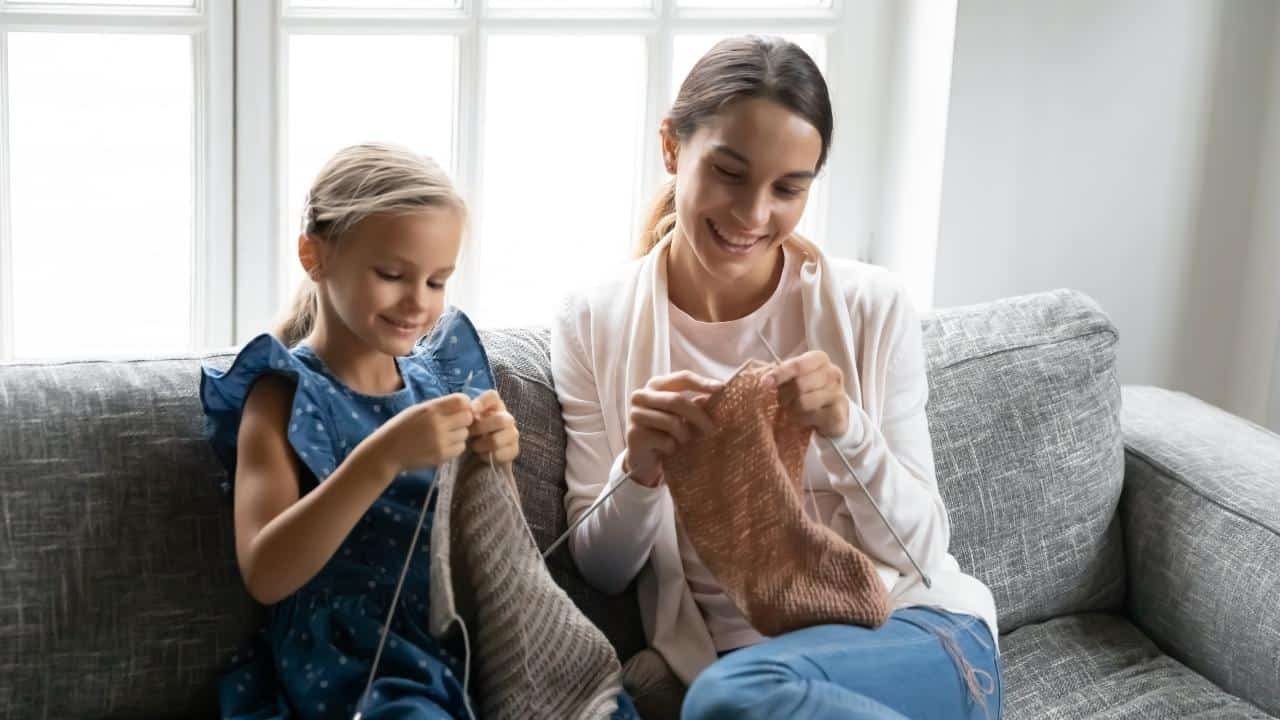
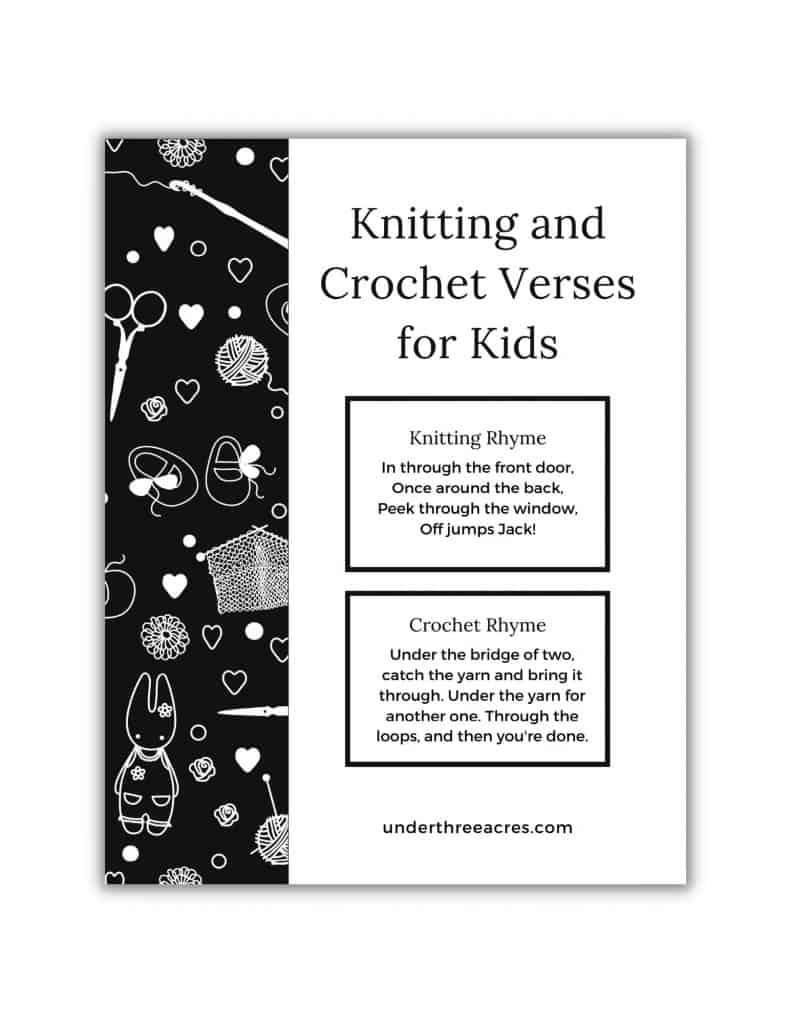








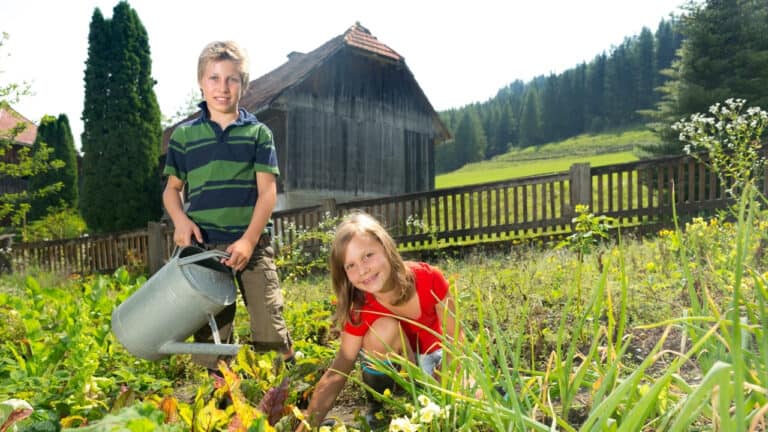
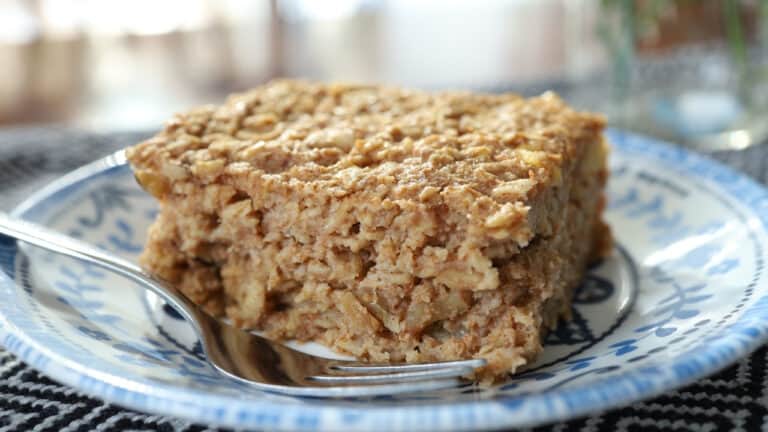
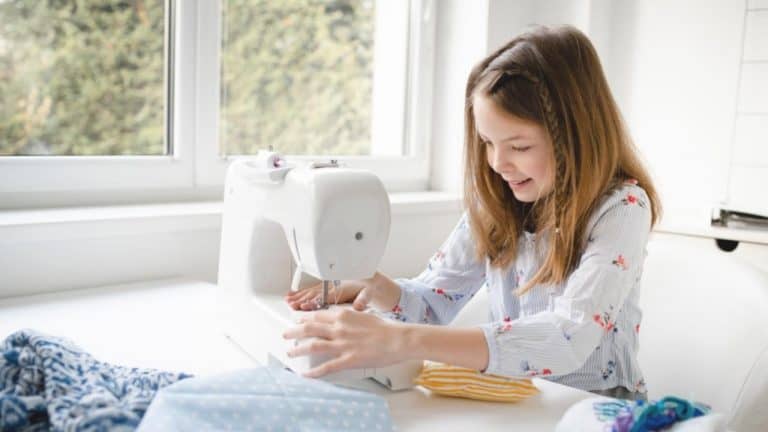
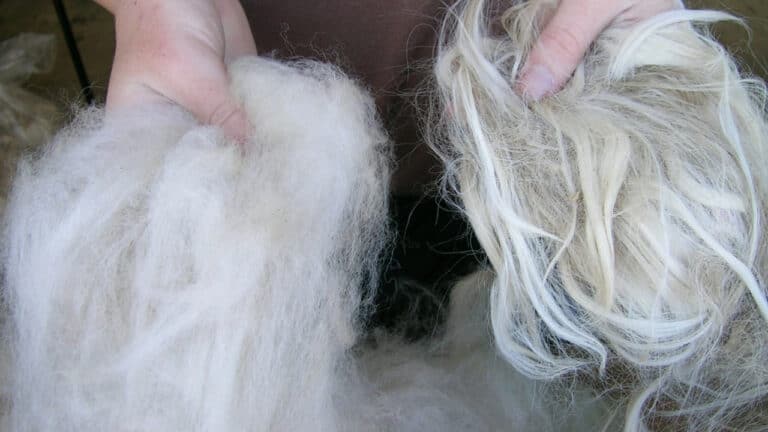
These are all great reasons to incorporate knitting, sewing, etc in our every day homeschooling activities. From relating it to history like you mentioned with WWII and the Civil War to even making connections with others – I love it!